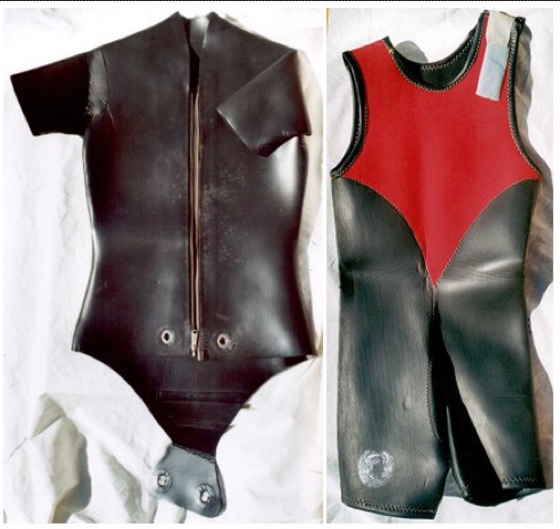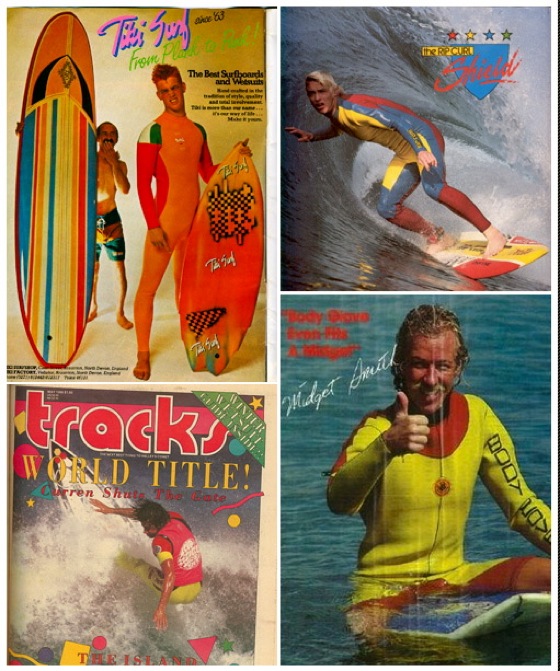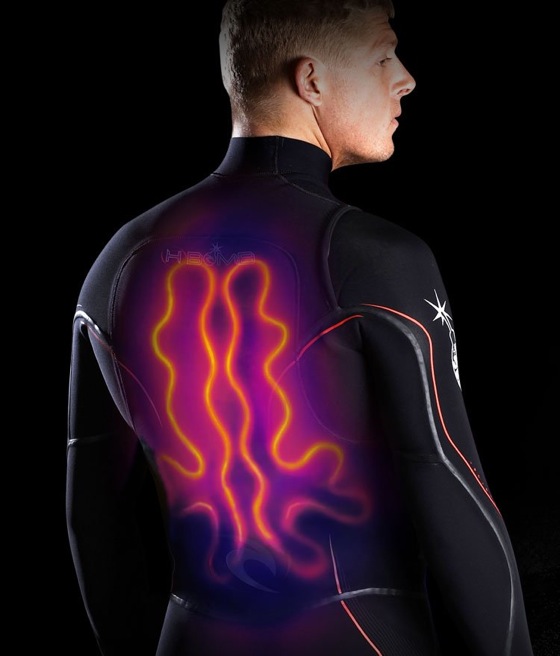
When we are faced with the prospect of a cold water surf there is something that makes all the difference- our wetsuit. Without the trusty warmth giving wetsuit we would last only minutes in the frigid waters of Europe before hypothermia sets in, yet we now take this miracle worker for grated. So let’s pay our dues and turn our attention to the development of this wondrous invention.

In 1952 the O’Neill company was birthed in California, and along with it the first neoprene wetsuit. The story goes that brothers Jack and Robert used neoprene found in an airplane to create their first proto-type. Following shortly was Body Glove in 1953, who also started to use the synthetic rubber to create what would be called a wetsuit. These first wetsuits were a far cry from what we know today. They were fragile, prone to tearing as they were made of only a single layer, and would stick to the skin- so in order put on the wetsuit, a good dousing of talcum powder was needed to help the suit glide on.


Wetsuits today use some incredibly clever technology and techniques to provide us with warmth in the water. Modern suits often have reinforced knee and elbow pads, helping to prevent wear and tear. For greater seals around the neck, wrists and ankles, a single layer edging of neoprene is used that sticks to the skin; whilst computer generated pattern builds allow for designs that fit extremely close to the skin. This enables for fits that prevent the flush through of cold water, meaning we can stay out there for longer. The technology is ever progressing, some of the most recent wetsuits to hit the market even have built in heated panels.

